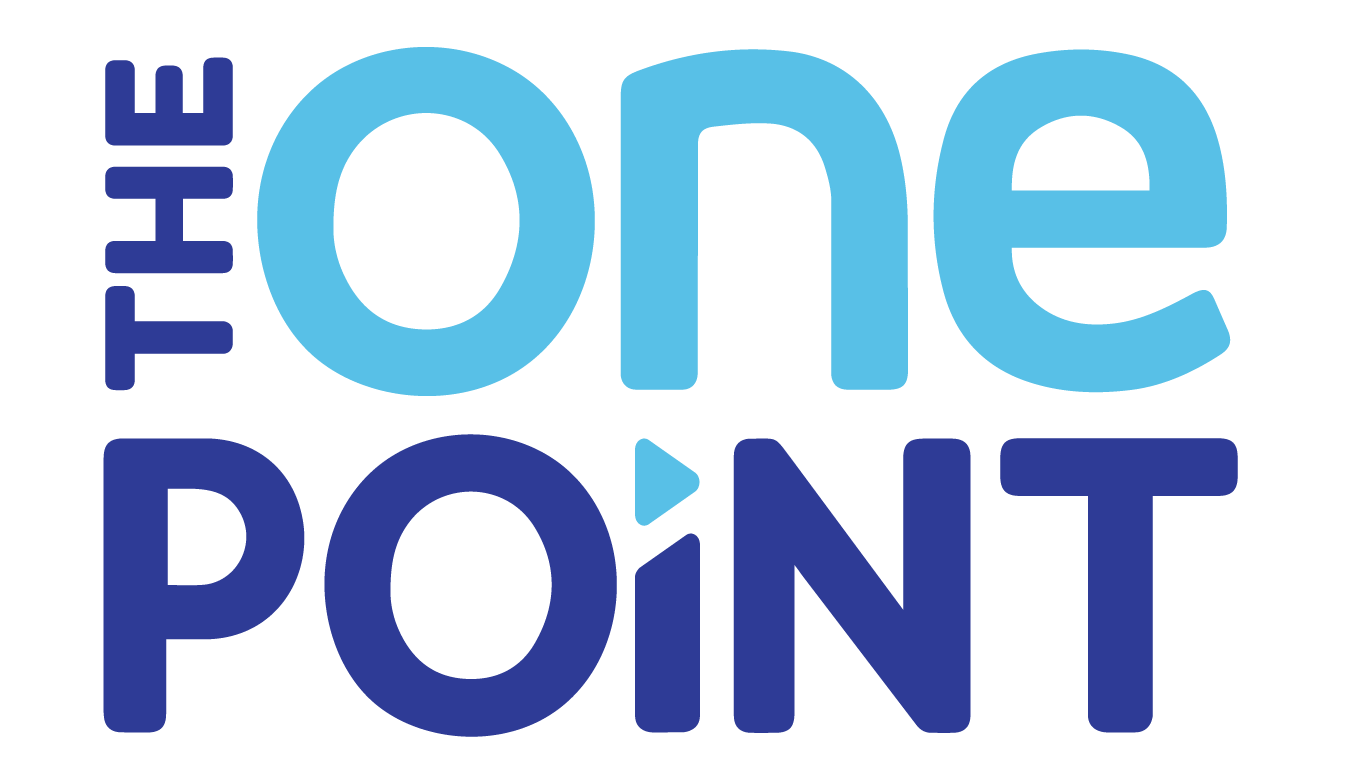
Embracing the future: Navigating the impacts, opportunities and threats of emerging technologies
In today’s ever-evolving technological landscape, businesses and society are witnessing the rise of transformative innovations. Game-changing technologies that have the potential to reshape our way of life, from our interactions to our work to our daily routines.
Artificial intelligence (AI), machine learning (ML), Web3, blockchain, intelligent automation, and robotic process automation (RPA) are just a few of these groundbreaking technologies that are redefining the rules.
As business owners, it is crucial to remain informed and adapt to these emerging trends to remain competitive and capitalise on fresh opportunities while navigating the potential risks. This article explores the threats and opportunities presented by this new era of technological innovation.
The opportunities and threats of Artificial Intelligence and Machine Learning:
Artificial Intelligence (AI) and Machine Learning (ML) offer us all a wide range of opportunities and benefits, but the potential threats and challenges should not be ignored. Many big names, including Elon Musk, have said that such technology is in need of some regulation. However, government intervention often sends innovation underground – so it does need some serious debate and consideration.
Below are some of my thoughts on the key opportunities and threats that can be associated with AI and ML:
Opportunities:
- Automation: AI and ML can automate routine and repetitive tasks, freeing up time for more complex and creative work. With an ageing workforce and a lower population coming through this could address the cliff edge many businesses will face moving forward.
- Enhanced decision-making: AI and ML can help make more informed and accurate decisions by analysing large amounts of data and identifying patterns that humans may miss. This can also be done in realtime, 24/7/365 – giving predictive outcomes too.
- Improved efficiency: AI and ML can optimise processes and reduce waste, leading to increased efficiency and cost savings.
- Personalisation: In a world where consumers demand more and more personalised experiences AI and ML sit front and centre in meeting these demands. This in turn, will improve customer satisfaction and loyalty.
- Improved healthcare: AI and ML can help healthcare professionals make more accurate diagnoses, save crucial time, develop personalised treatment plans, and improve patient outcomes. An NHS under pressure can hopefully gain critical manpower as a result of AI and ML.
Threats:
- Job displacement: The automation of tasks previously done by humans could lead to job losses, particularly for those in low-skilled positions; however, I do feel that the opportunity to have humans working in the right places is a bigger opportunity than a threat.
- Bias: AI and ML algorithms may contain biases if they are trained on biased data, leading to unfair treatment and discrimination.
- Privacy concerns: AI and ML can collect vast amounts of personal data, raising concerns about privacy and data protection. Also depending on how this data in harvested or stored can lead to inaccuracies that might become harder and harder to erase or correct. Big tech are notorious for being slow to react and unless governed to do so.
- Security risks: AI and ML systems can be vulnerable to cyber attacks, leading to breaches of sensitive data and other security risks. Also AI and ML can become the cyber-threat itself as it learns how to bypass more ‘human’ systems.
- Ethical concerns: AI and ML raise a range of ethical issues, such as the potential misuse of technology for harmful purposes, which must be addressed. Again something that governments are looking at from a regulatory point of view.
The opportunities and threats of Web3 and Blockchain:
Web3, also known as Web 3.0, is the next evolution of the internet that aims to provide a decentralised and more open platform for users. It is built on blockchain technology, which allows for greater security, transparency, and ownership of data. I believe that Web3 has the potential to bring significant advancements in areas such as online security, e-commerce, and online identity. However, it is still a relatively new technology and there are concerns about its scalability, usability, and regulation (similar to AI and Ml). I believe that overall, Web3 is an exciting development in the world of technology with a lot of potential, but it is still in the early stages of development and its ultimate impact is yet to be seen.
Below are some of the opportunities and threats that I believe can be associated with Blockchain and Web3:
Opportunities:
- Decentralisation: Blockchain and Web3 technology can decentralise many different aspects of our lives, including finance, identity, and data storage. This can lead to greater security and transparency.
- Transparency: By using a decentralised ledger, blockchain can offer a high level of transparency and accountability. This can be particularly useful in areas such as supply chain management, where the origin and journey of products can be tracked and verified. I think governments and banks are struggling with how to monetise and keep control of this technology.
- Efficiency: Blockchain technology can automate many processes, reducing the need for intermediaries and increasing efficiency. This can save time and money, particularly in industries such as finance and logistics. I believe that the housing market is prime for blockchain innovation, speeding up what are typically very laborious and slow transactions.
- Innovation: The decentralised nature of blockchain and Web3 technology can foster innovation, as it allows for experimentation and collaboration without the need for centralised control.
Threats:
- Security: While blockchain technology can offer a high level of security, it is not foolproof. Hackers and other malicious actors can still find vulnerabilities in the system, particularly if the blockchain is not properly secured.
- Regulation: As blockchain technology becomes more widespread, governments may start to regulate it more heavily. This could limit its potential and make it less attractive for businesses and individuals.
- Complexity: Blockchain technology is complex and can be difficult to understand for those who are not technically inclined. This could limit its adoption and make it less accessible to the general public.
- Environmental Impact: The energy consumption required for blockchain technology can be significant. This could have a negative impact on the environment, particularly if the technology becomes more widely adopted.
Overall, I believe that blockchain and Web3 technology present many exciting opportunities. I have worked with a Work and Pensions related company that need to be able to pass benefits to end users and ensure that they cannot be transferred or sold on – and blockchain was perfect for this purpose.
The opportunities and threats of Intelligent Automation and Robotic Process Automation:
Intelligent Automation (IA) and Robotic Process Automation (RPA) have the potential to revolutionise the way businesses operate forever. However, like any new technology, there are both opportunities and threats associated with their implementation. Here are some of the key opportunities and threats that I believe intelligent automation and RPA brings with it:
Opportunities:
- Increased efficiency and productivity: Intelligent automation and RPA can automate many repetitive and time-consuming tasks, which can free up employees to focus on higher-value tasks. This can lead to increased efficiency and productivity, as well as a reduction in errors and delays. This is particularly in the banking, coding and healthcare spaces, where one double-inputted mistake can significantly effect outcomes.
- Cost savings: Automating tasks with RPA can significantly reduce costs associated with labor, as well as other expenses such as materials and equipment.
- Improved accuracy: RPA and intelligent automation can reduce the risk of errors and increase accuracy, leading to improved quality and customer satisfaction.
- Scalability: With RPA, businesses can easily scale their operations up or down as needed, without the need to hire additional employees.
- Better compliance: By automating tasks, businesses can ensure that regulatory requirements are met consistently and accurately, reducing the risk of non-compliance.
Threats:
- Job displacement: One of the most significant threats associated with RPA and intelligent automation is the potential displacement of jobs. As more tasks are automated, some jobs may become redundant, leading to job losses and potential economic disruption. Again, this could help with the previously mentioned working population issues.
- Security risks: RPA and intelligent automation can create new security risks, such as the potential for cyber attacks or data breaches. Businesses must ensure that their systems are secure and that appropriate measures are in place to protect sensitive data.
- Dependence on technology: Businesses that rely too heavily on RPA and intelligent automation may become overly dependent on technology, which can create risks if the technology fails or malfunctions.
- Resistance to change: Some employees may resist the implementation of RPA and intelligent automation, either because they fear job loss or because they are uncomfortable with the new technology.
- Lack of customisation: RPA and intelligent automation may not be suitable for all tasks, and businesses may need to invest in custom solutions to meet their specific needs. This can be costly and time-consuming.
Introducing emerging tech to your business
Business owners should consider the advantages and drawbacks of implementing emerging technologies, as well as whether custom solutions are necessary for their company.
Utilising the right technology can be a huge benefit to many businesses, but it is important to do your research and make sure you are choosing the best option for you. That’s why it pays to work with a trusted partner like The One Point – we provide tailored advice and guidance helping business owners make the most of their IT investments.
Call us on 01482 420150
